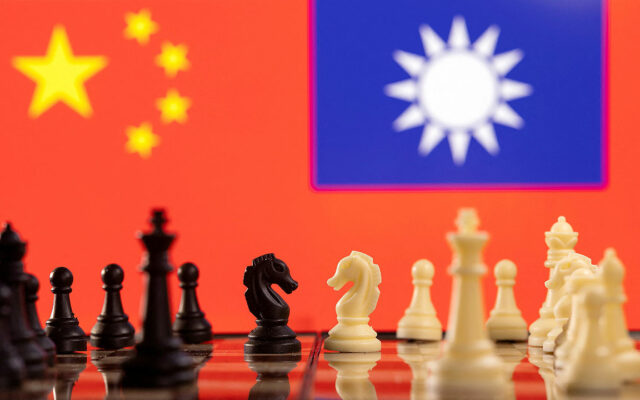Rapid increase in retail lending poses short-term asset quality risks for Philippine banks — Moody’s
PHILIPPINE BANKS are expected to post a rapid increase in retail loans over the next three years, which could boost their margins but pose asset quality risks, Moody’s Ratings said.
“Retail lending in the Philippines will grow further and reach 25% of banking system loans over the next three years, following rapid expansion over 2022-24,” Moody’s said in a report.
“Banks will face higher asset risks over the next 12 to 18 months, given that borrowers are untested, but will benefit from growth in this segment in the medium term,” it added.
Bangko Sentral ng Pilipinas (BSP) data cited by Moody’s showed that retail loan growth averaged 16% annually between 2022 and 2024, outpacing the 9% annual growth in non-retail loans.
“Strong retail loan growth was driven by the increase in Filipinos entering formal credit channels, alongside a strong economic rebound post-pandemic and healthy labor market conditions,” the debt watcher said.
“Looking ahead, we expect growth in retail loans to continue exceeding the growth in non-retail loans, supported by strong credit demand and policy initiatives. We also expect the mix of retail loans in the banking system to increase further, reaching around 25% over the next three years, compared with 18% in December 2021. As of December 2024, retail loans accounted for 21% of system loans.”
Moody’s said strong economic growth and lower interest rates will help spur demand for credit. It expects Philippine gross domestic product to expand by 6% in 2025 and 2026.
“At the same time, the Philippines’ unbanked population remains large and this presents an opportunity for banks to grow their retail loans. This is supported the central bank’s efforts to improve financial inclusion and it has set out various targets,” it said, adding that government efforts to boost Islamic finance could also help boost the retail lending segment.
“Banks will also remain focused on growing their retail loans… Banks in the Philippines have various avenues to acquire new customers, such as expanding beyond Metro Manila where most of the unbanked population reside and tapping into the ecosystems of related companies. Banks also have a large retail deposit base that they can tap to cross-sell loans,” Moody’s added.
However, increased retail lending, especially “riskier” credit card and personal loans, could negatively impact banks’ asset quality as new borrowers are “untested” and could be affected by changing macroeconomic conditions, it said.
“At the same time, some banks are expanding beyond their own retail depositors to capture market share. Compared to the banks’ existing customer base, these new borrowers will be riskier as they do not have established history with the bank, making it more challenging to assess their credit profile accurately. Meanwhile, majority of Filipinos do not have credit history, which makes credit bureaus in the Philippines less developed and this exacerbates lending risk,” Moody’s said.
“Debt accumulation is outpacing income growth in the Philippines. While Filipino households are not highly leveraged like those in Malaysia or Thailand, the growth in borrowings has outpaced the growth in household income levels. This indicates that retail loans are growing in an unsustainable manner and the ability to service debt will become increasingly difficult,” it added.
Shrinking financial buffers among households and individuals also make them vulnerable to potential economic downturns and increase the risk of loan defaults, Moody’s said.
“The growth in credit cards and personal loans is higher relative to other retail products such as mortgages and auto loans… Structurally, this also makes Philippine banks more vulnerable to asset quality stress in the retail loans portfolio when macroeconomic conditions change, such as an increase in the unemployment rate and higher inflation. This is because borrowers typically prioritize other payment obligations first, such as phone bills or secured loans, instead of these unsecured loans when repayment capacity weakens, since defaulting on a mortgage or an auto loan could potentially result in the loss of shelter or livelihood,” it added.
BSP data showed that credit card loans rose by an annual 28.9% to P950.97 billion in February. Loans for motor vehicles went up by 19.2% to P470.13 billion in February, while salary-based general purpose consumption loans rose by 11.5% to P158.16 billion.
“Banks with greater unseasoned risk and lower buffers are more vulnerable… Nonetheless, non-retail loans continue to account for a sizable portion of the loan book for most banks and will remain a key driver of asset quality over the next 12 to 18 months. Large corporates in Philippines remain healthy with low leverage and we expect asset quality of these loans to remain stable,” Moody’s said.
Still, in the medium term, Philippine banks are expected to benefit from strong retail lending as it reduces borrower concentration — which would lessen their vulnerability to large defaults by single-name borrowers — and boosts asset yields and fee income, it added. — Luisa Maria Jacinta C. Jocson




















